🎓 Neat Stuff I Saw in Harper's Ferry, WV
A brief review of my favorite place in the whole world.
Harpers Ferry is one of the few historic towns within a 90 minute drive that feels like it is thriving. It’s also one of the few small town American landmarks that has more than one thing going for it. I’m sure these two things are correlated.
Harpers Ferry is one train stop away from DC and situated at the gap where the Shenandoah River meets the Potomac. Two different canals ran through town, along with the railroad, and today it hosts the headquarters of the Appalachian Trail Conservancy. It was one of Jefferson’s favorite retreats, and George Washington himself had a fair bit to do with the town’s early successes: his backing saw it become one of only two national armories, thanks largely to the water power in the region. Even Lewis and Clark visited several times, according to a sign I saw.
The town changed hands eight times during the Civil War, which is unsurprising given that it sits on the border between Maryland, Virginia, and West Virginia. But unlike nearby Gettysburg or Antietam, the battlefield history doesn’t dominate the town’s identity. John Brown’s raid is a bigger deal, but it doesn’t dominate the way many other historic towns are dominated by being “the birthplace of Harriet Tubman” or whatever. It’s more that Storer College, the only Black college during Reconstruction, was located in Harper’s Ferry because the town was important to African Americans. The Hilltop Hotel was owned by a graduate right around the time the town’s economy shifted to tourism.
My husband and I took a day trip there for our 8th anniversary, and I was pleasantly surprised by how much the town has changed since the last time we were there. A beautiful ruin we saw on our first visit has been turned into a gorgeous coffee shop, owned by the pastry-chef husband of the local baker. The Hilltop Overlook is once again open to pedestrian traffic, with two benches and a scrappy little rose garden. A new trail has been blazed from upper town to lower, running along a ravine in the center of town and across the train tracks.
And somewhat to my surprise, the John Brown museum was open for visitors despite the government shutdown.
The New Hike
My husband and I like to park in upper town because our visits usually involve a hike, and the intersection between Union and Washington Streets is the meeting point between the trails for Loudon Heights and Maryland Heights, both of which are roughly 5-mile hikes to gorgeous spots overlooking the river. There’s also a bar there we like, which has live music four nights a week. If we’re going to end the night there, we don’t want to have to stumble back down the hill to get to our car.
Years ago, we heard about a path through the woods from upper town to lower town. It’s a way to get down to the train tracks and the path from lower town to the ~nearby campground, but we weren’t ever able to find it even though the paper roads are pretty obvious on the map and there are signs. This year, though, we finally found the path, walked down along the ravine, crossed the train tracks, and found one of the most beautiful flat gravel paths along an overgrown canal I’ve ever walked. It’s hard to capture with a camera, but this photo of the stream should give you a sense of the steepness of what we navigated.
These old, discarded railroad ties also do a pretty good job of showcasing the steepness, which I navigated in cute autumn boots with barely any tread 🙈
The railroad itself is well-maintained, which honestly surprised me.
At the end of the path from upper town to lower sits a fenced off, unlabeled ruin. It’s obviously been untouched for years, as evidenced by the most distinctive overgrown barbed wire fence I’ve ever seen.
Just to emphasize the point, here’s a closeup:
A Museum
There are plenty of places on the internet where you can learn more about John Brown’s Raid, and I try not to make a habit of posting my photos of museum exhibits — museum websites usually do a perfectly fine job of that. But there was a sword at the John Brown museum that really startled me:
It looks a lot more like a Roman gladius than any American sword I’ve ever seen, which generally run toward the curved cavalry blade style. Turns out (thanks
for helping me figure this out!) this type was the first edged weapon ever produced by the legendary Ames Mfg. Co. of (then) Springfield, Mass. under US government contract — Springfield ironically being the location of the other US Armory. They produced the hefty Roman gladius style broadsword for well over a decade, and these swords were carried by US foot artillery troopers. says these artillery swords were “practically obsolete when issued. Used for clearing brush more than it ever saw combat,” which is a shame because something more like a machete would probably have been a lot more useful for that.Unfortunately we’d gotten to the museum at something like 4:59 and it closes at 5 — the Park Service shooed us out around 5:15 and I didn’t get to poke around as much as I’d have liked. What I found most interesting was that John Brown was apparently quite devout and read the bible every day, but essentially never went to church. He’d also failed in a wide multitude of business ventures, buried a wife and nine children, and was as a result pretty severely depressed.
Hilltop Overlook
By the time we made it to the Hilltop Overlook the sun was setting, so we got to see some really beautiful shadows on the early autumn leaves. Two other couples were also up there with us, and of all my photos, the one with other people in it is my favorite:
More than anything, I hope when my husband and I are as old as they are, we continue to enjoy romantic walks to the top of a mountain to watch the sun set over the river.
Normal people spend most of their time looking at the beautiful mountains, but for myself the most memorable part of the view was this old ruined building with a red roof, because the ivy matched the color startlingly well. The shadows made the effect hard to capture, but here’s the house that caught my eye.
They’re going to knock it down soon to rebuild the old Hill Top House Hotel, which has been in development hell for like 20 years at this point. As far as I know there aren’t any lawsuits or funding problems or regulatory issues standing in the way of it being built anymore, so they’ll probably start demolition soon.
The overlook closes at dusk, and we saw a guy waiting to lock up on our way in, so we left as the chill started to set in.
Shops
The neatest store we stopped at on our way there was True Treats. It’s a historic candy shop, which specialized in old-fashioned vintage candies like maple drops. The line was bonkers insane, so we didn’t buy anything, but one of these days I’ll go back and try one of their many varieties of Turkish delight. I’ve heard mixed reviews from people who tried it thanks to the Narnia books, and I want to form my own opinion.
Harpers Ferry is not a flat town, as you might imagine from my earlier photos and the descriptions of “Upper” and “Lower” town, so by the time we got back up to the overlook, I was thirsty and more enthusiastic about going back to the car than back down to the (crowded) shops and restaurants. The walk through the woods had been entirely unintentional, and it’s only by fluke I was wearing boots instead of my normal flats.
I was glad of the walk though, because I had entirely forgotten about this distinctive stonework, which had also caught my eye on a previous trip. At the time, I lamented not being in a position to buy it and restore the gutted building into a gorgeous house. I was also afraid that the new Hilltop Hotel would destroy it.
I needn’t have worried — it is now the site of a cute little coffee shop owned by the town baker’s husband, who is a pastry chef. It’s like something out of a romance novel; which is precisely the sort of thing I’ve come to expect from this part of the country. The world’s most beloved romance author, Nora Roberts, owns a big chunk of nearby Boonsboro… including the inn, which readers may remember inspired my New Year’s Resolution.
Alas it was closed for the day, and so instead we popped into a little convenience store, which had a small selection of drinks, sandwiches, and groceries. The last time we were there, everything was still being painted and sawed on and sanded, so it’s no surprise that everything felt fresh and new when we went in.
The hand-written sign was a nice touch.
I didn’t get a picture, but Appalachian Snail continued the theme into the outdoors, with outdoor seating in a snail themed garden. Since it was getting late we didn’t stay long, but I assure you I was wistful for the chance to sit and write from one of those cute little wooden benches.
In a perfect world, I’d have written this article there, instead of at my kitchen table the next morning.

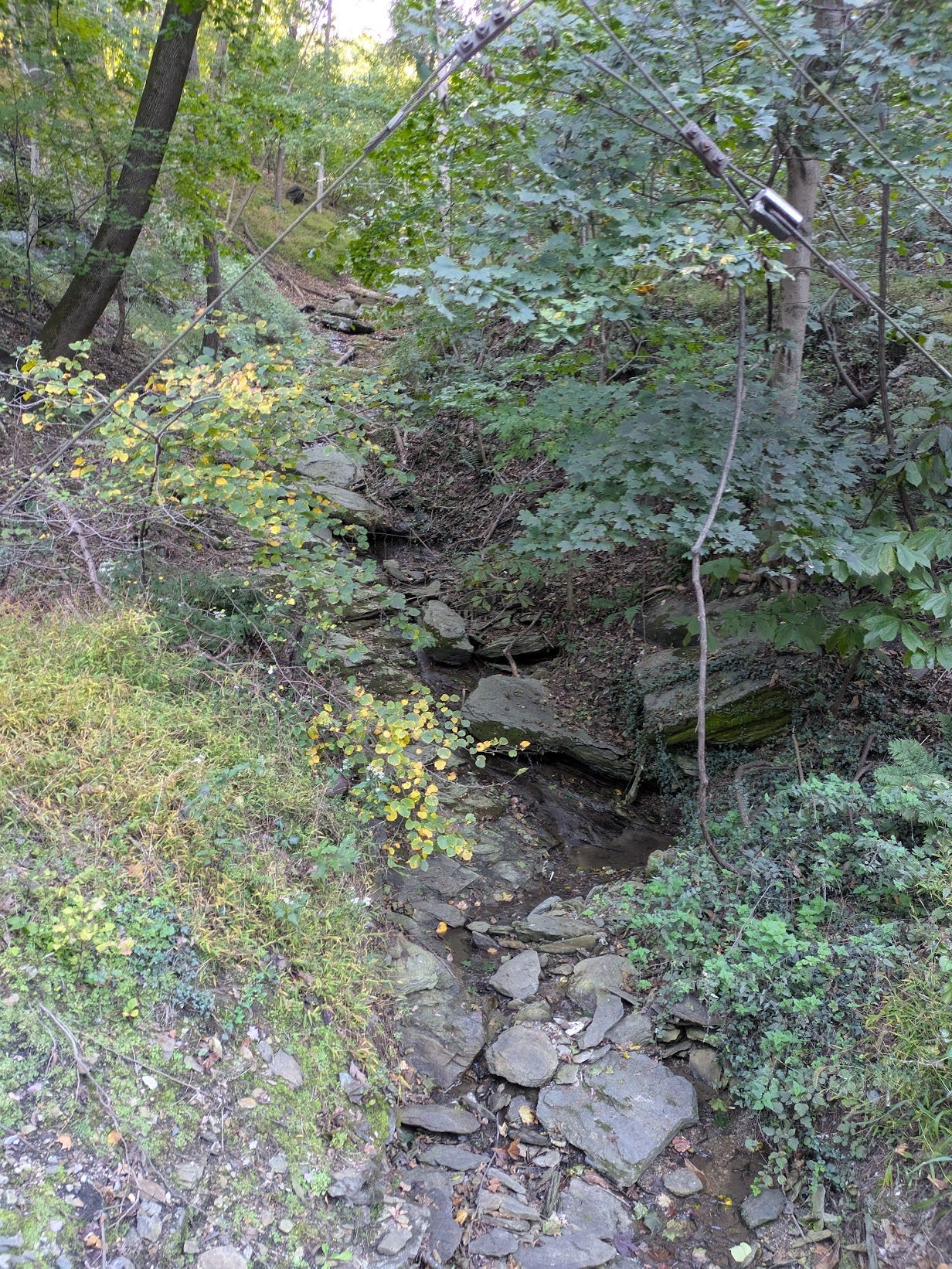
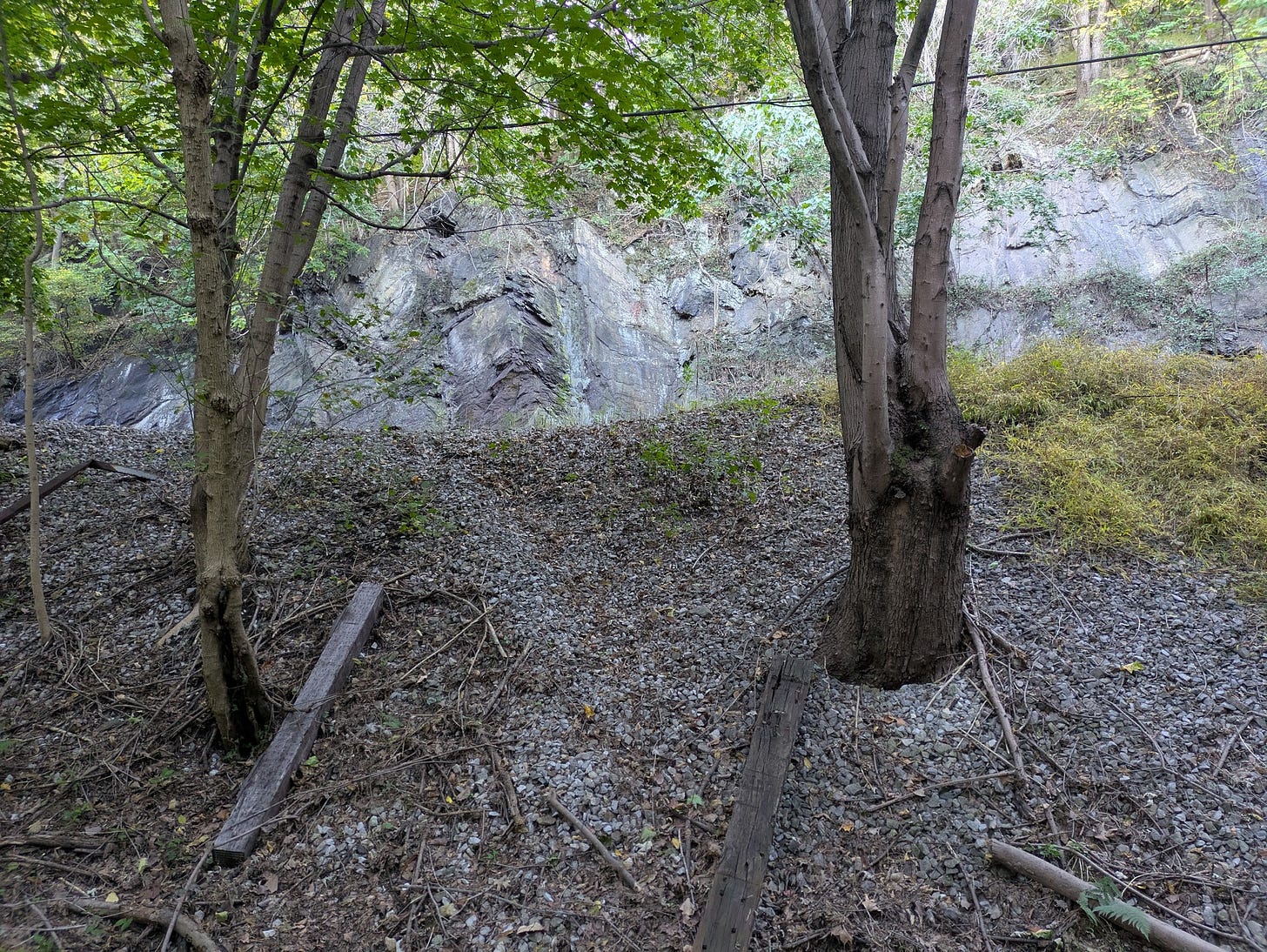
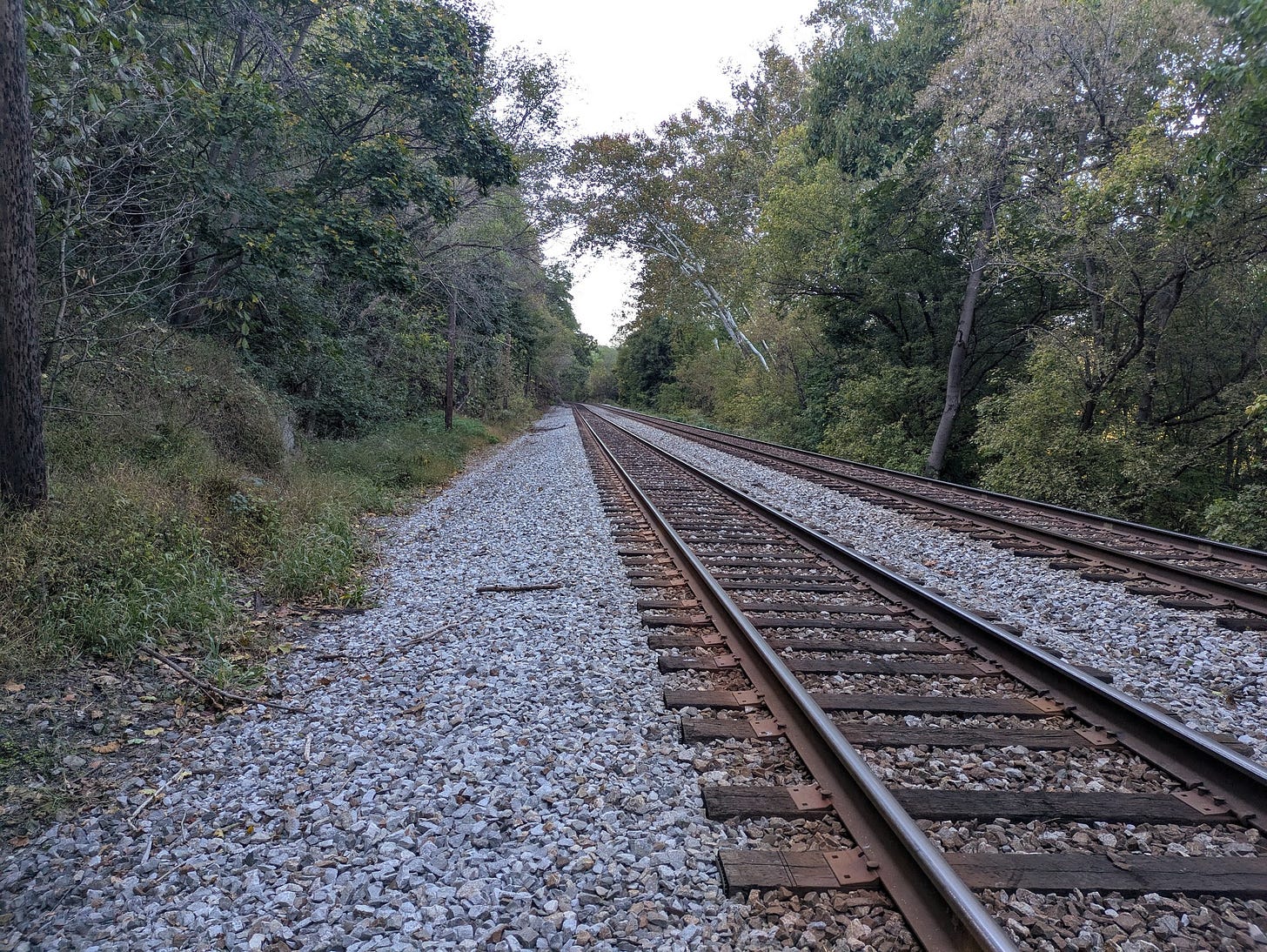

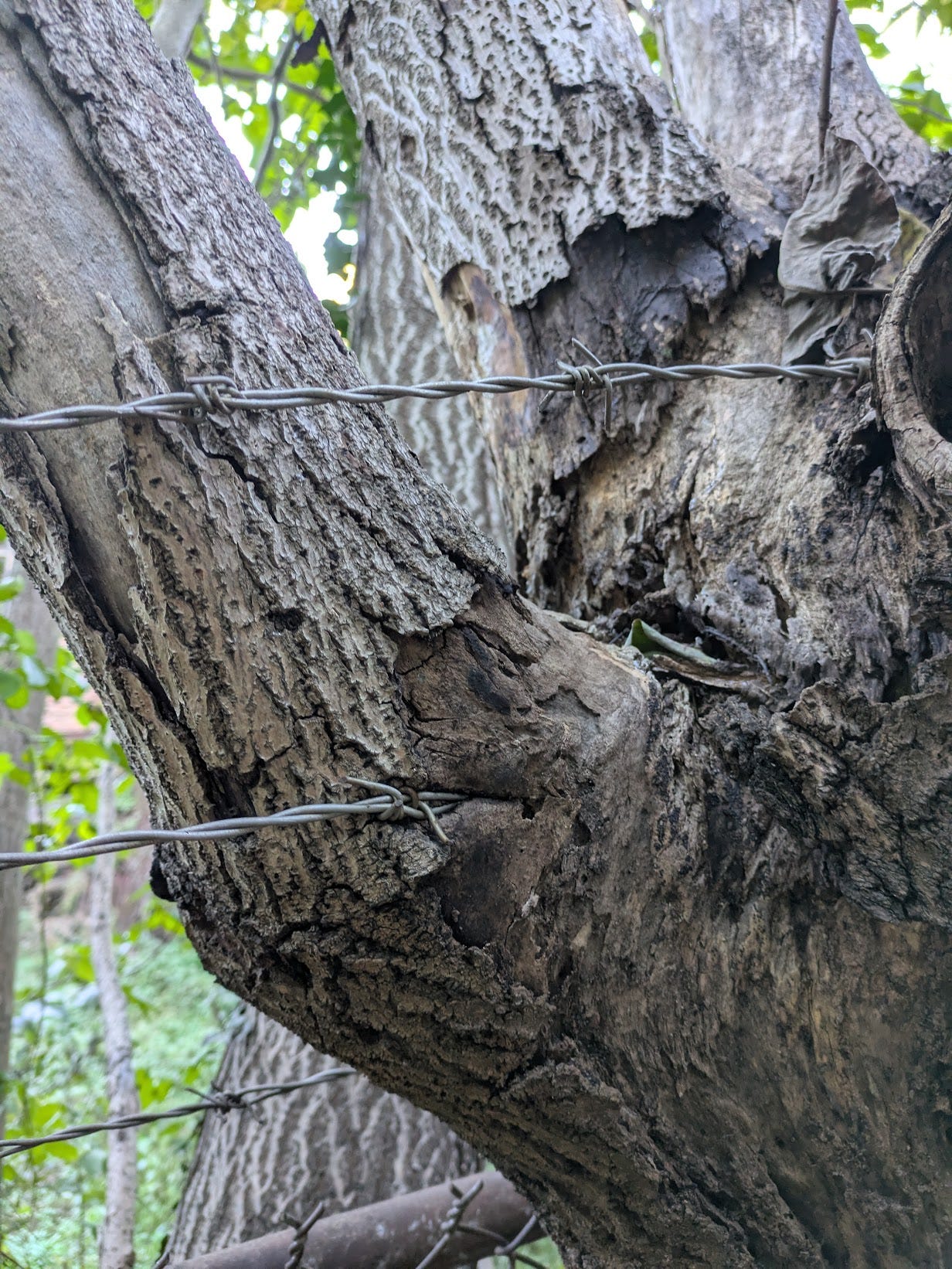
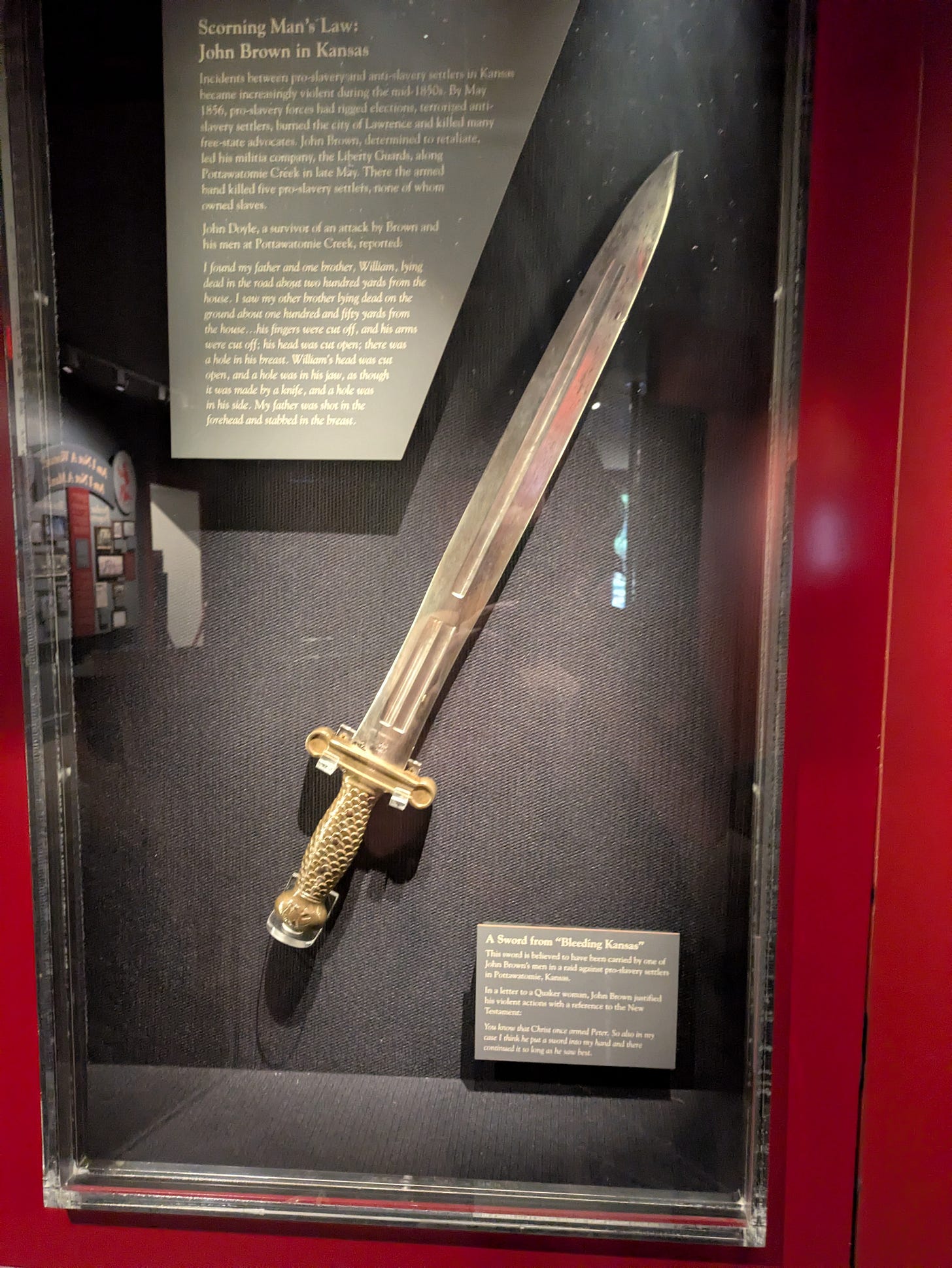
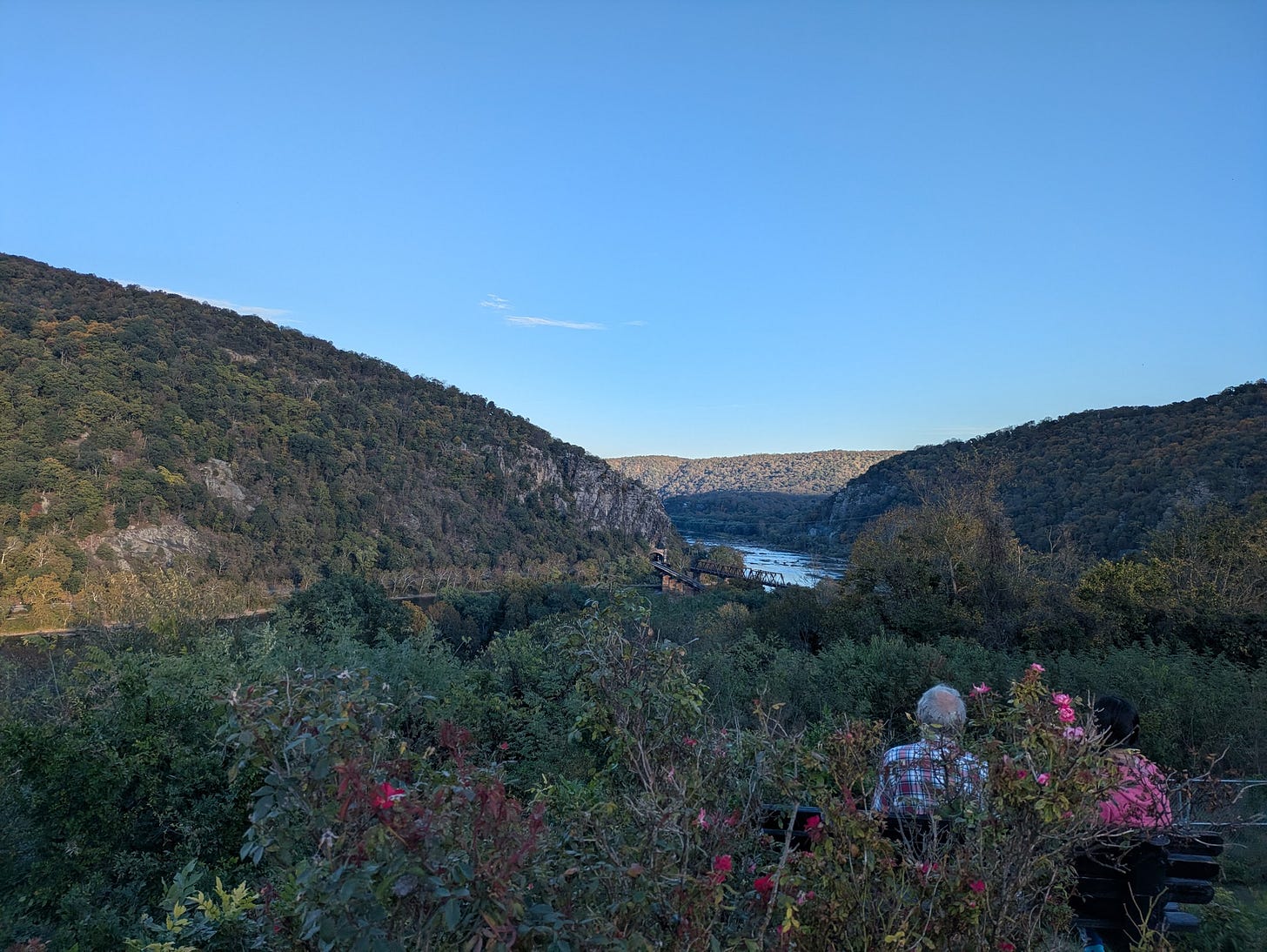
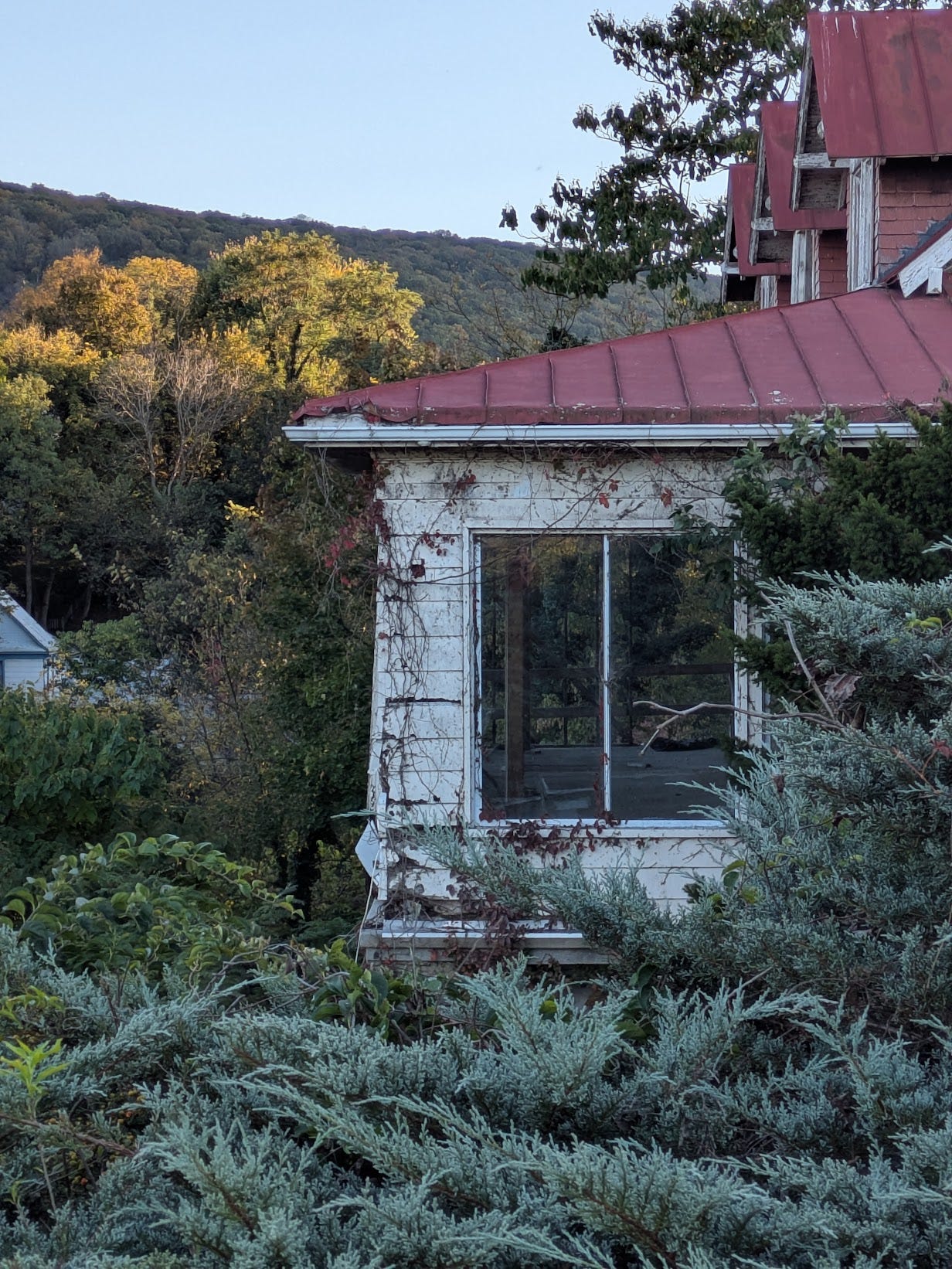
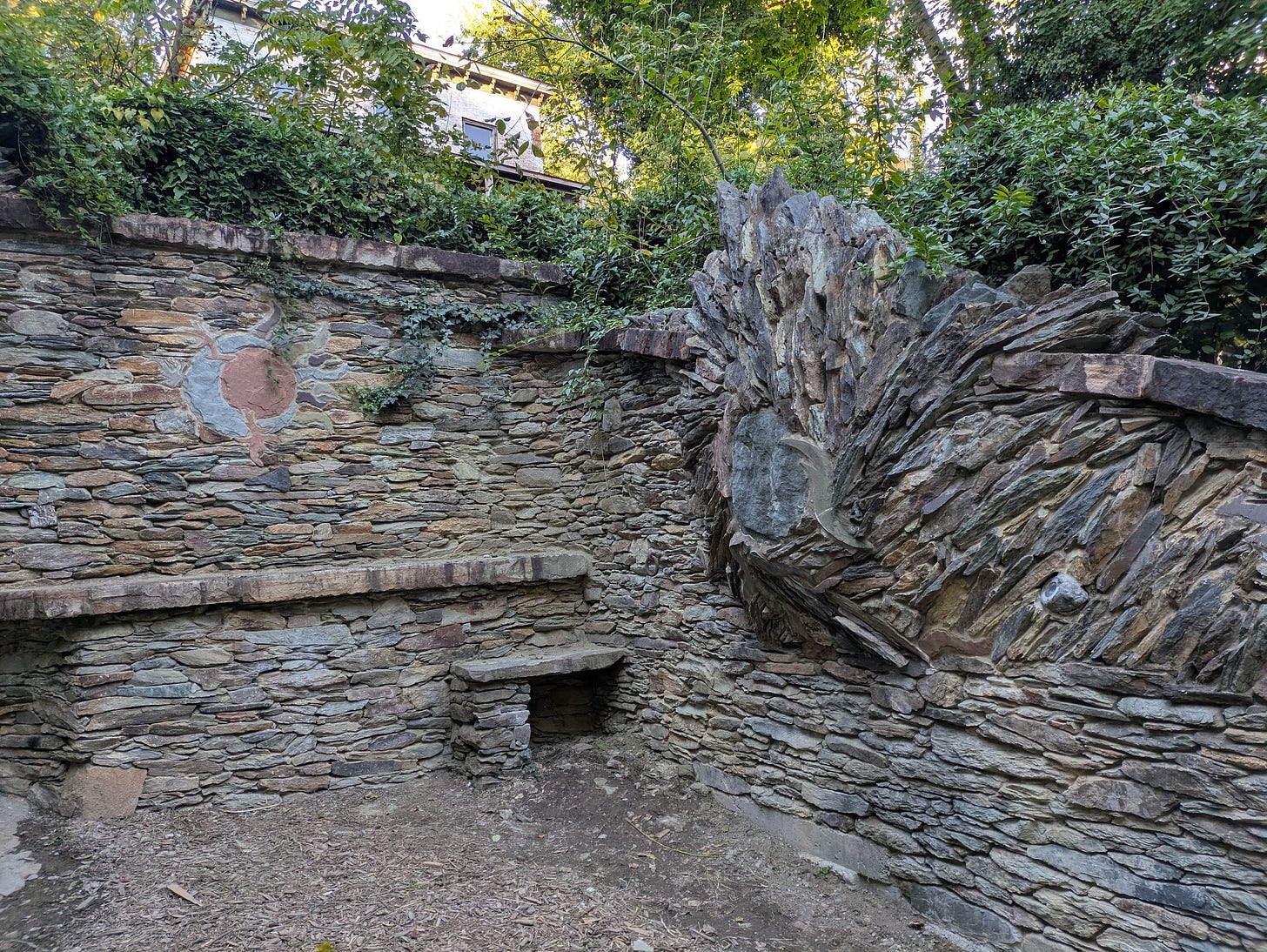
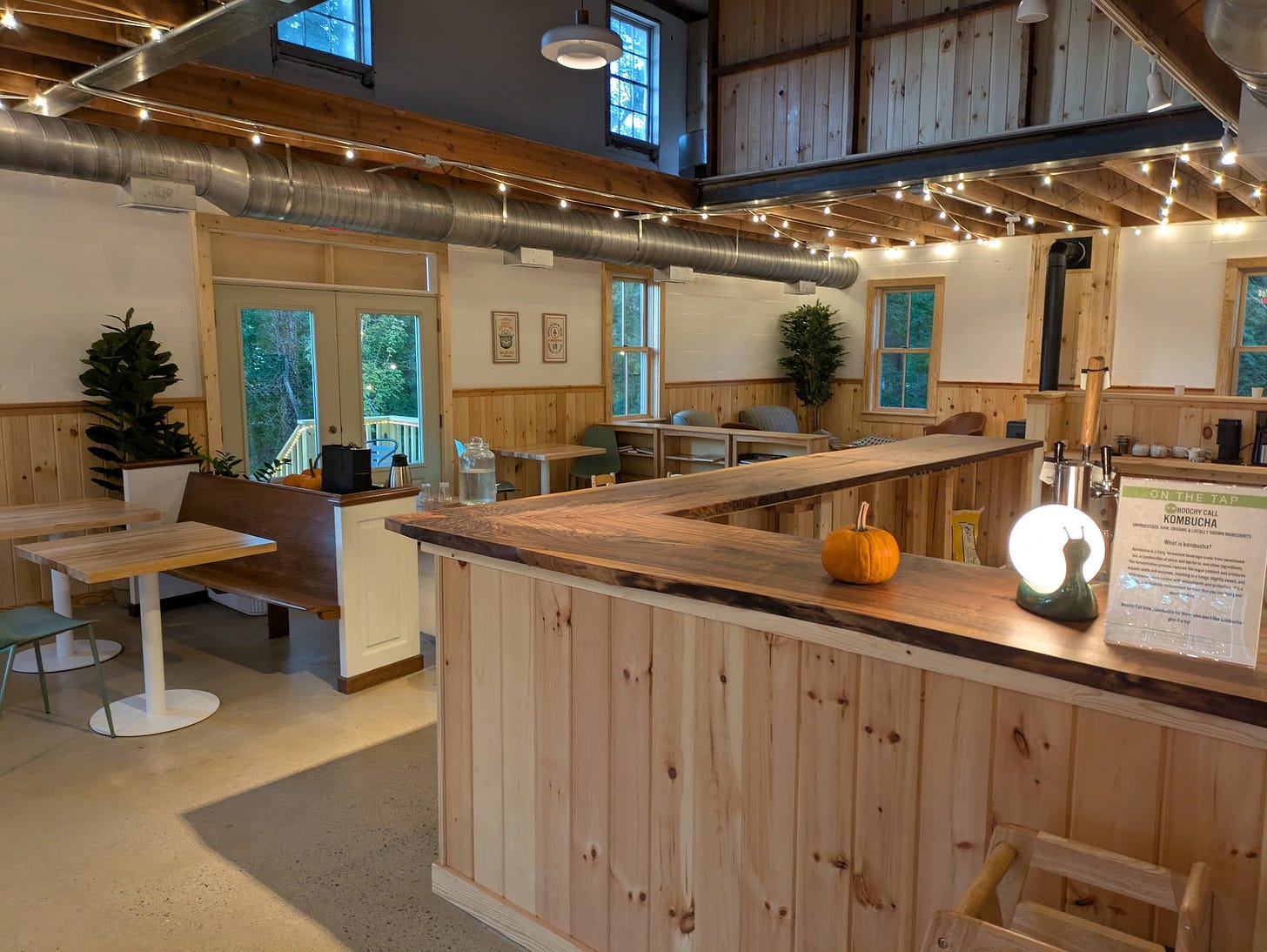
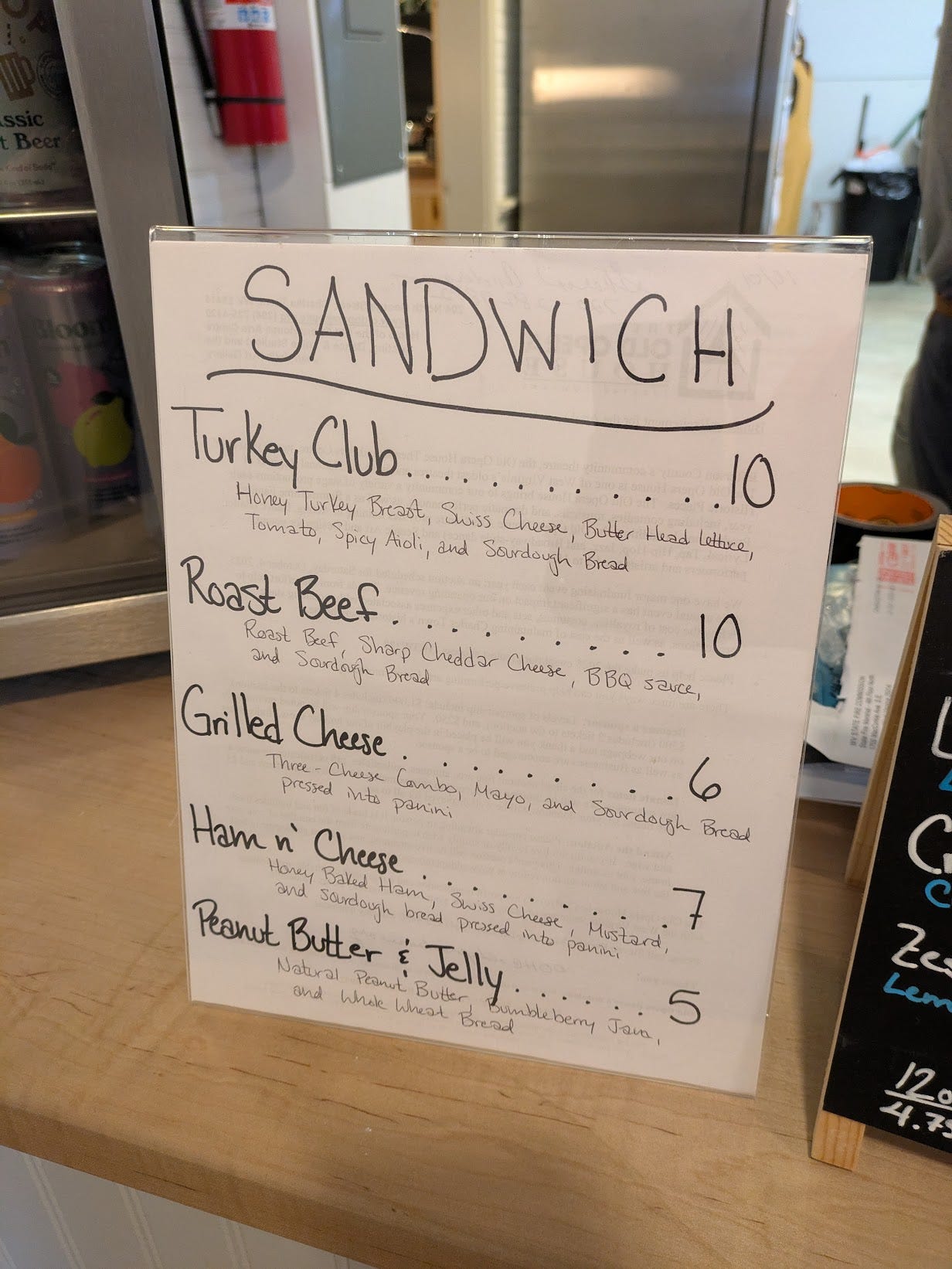
Really took me back when I lived in Baltimore and had many school trips out to Harper’s Ferry. Good memories and good times. Thank you for the article., David Calvert